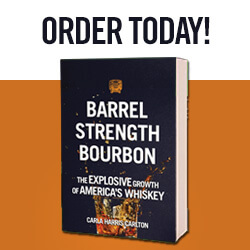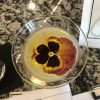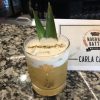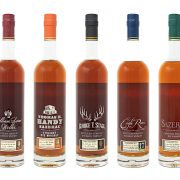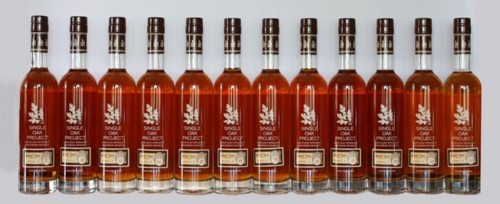
They sure are a curious bunch over at Buffalo Trace Distillery. At just about any time, master distiller Harlen Wheatley and his crew have about 1,000 barrels filled with experimental concoctions, all designed to broaden their knowledge of bourbon production – and to create some tasty new bourbon. You can read all about the Experimental Collection in my story in the spring issue of The Bourbon Review, which will hit newsstands soon.
But today I want to focus on the most ambitious component of that collection: The Single Oak Project. This project started in 1999 when Buffalo Trace selected 96 oak trees in the Missouri Ozarks with different grain profiles. Each tree was divided into two parts, top and bottom, and a single barrel was made from each section. Each of those 192 barrels has been filled with either wheat or rye recipe bourbon at two different proofs, and they are housed in two different warehouses.
All in all, there are seven variables at play in this experiment to create a new bourbon. Buffalo Trace says that means a possible 1,396 taste combinations. That is way too much math for me, so I’ll take their word for it. My favorite part of this experiment is its inclusiveness: You and I can be part of it.
The fourth batch of Single Oak Project bourbons is on store shelves now, in bottles from barrel numbers 10, 14, 42, 46, 74, 78, 106, 110, 138, 142, 170 and 174. You can taste the bourbon and then go to the Single Oak Project website and register your opinion. At the end of the experiment, Buffalo Trace will launch a new bourbon using the recipe that gets the best consumer feedback.
Here’s the thing, though: These bourbons are pricey, especially considering they come in 375ml bottles. I paid close to $60 for my No. 78. I’ve tasted it, and it’s pretty great. But without anything to compare it to, how can I know just how great it is?
That’s where you come in. I’m hoping some of you might be interested in buying a different bottle – or sharing one you already have – and getting together for a Single Oak Project tasting party. For a head-to-head comparison, they would be bottles from this release, which are all testing recipe, grain size and warehouse location; this bourbon was aged either in Warehouse K, which has a wood floor, or Warehouse L, which has a concrete floor. But if you have a bottle from an earlier release, that would be interesting, too.
Let’s have a drink. It’s for science.

